Click here to get this article in PDF
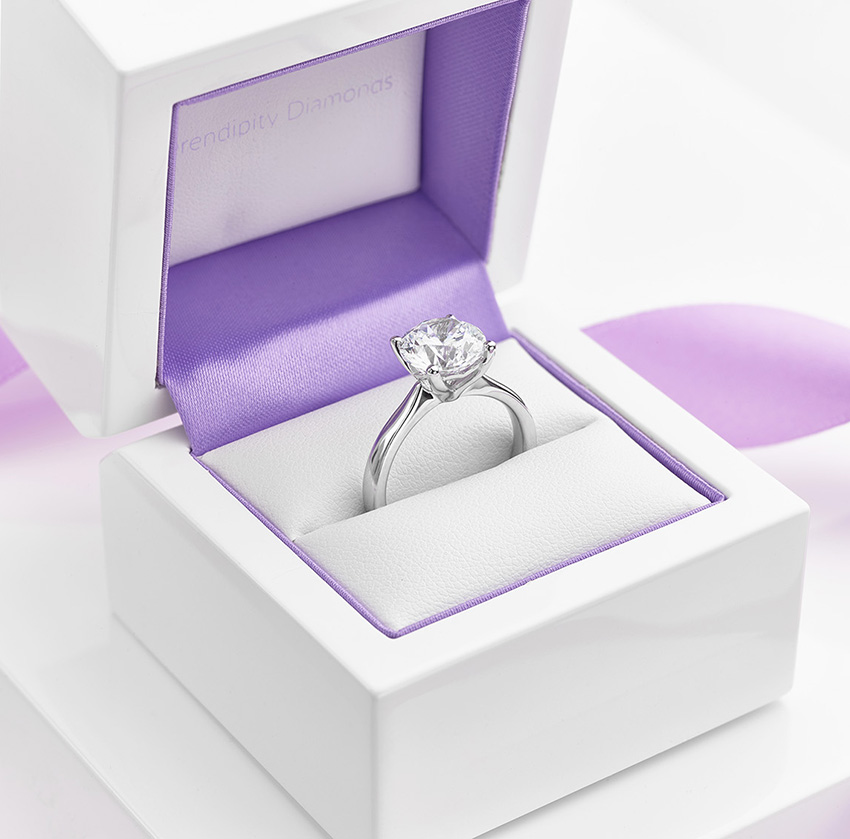
What is the best diamond clarity?
The best diamond clarity is Flawless (FL). To explain, a Flawless diamond features no internal or external blemishes. Similarly, the Internally Flawless (IF) grade means the diamond has no internal flaws, but might have external blemishes. But how important is the Flawless or Internally Flawless grade for a diamond ring?
A Diamond clarity grade gives a standardised value expressing the concentration of natural characteristics present within a diamond.
What is the best diamond clarity for an engagement ring?
Flawless diamonds demand very high prices. It is important to realise that you don’t need to choose an Internally Flawless diamond for the assurance of a high-quality eye-clean diamond.
Through our work at Serendipity Diamonds, we regularly advise clients to choose a good clarity grade. But not necessarily the best. In addition, we guide clients towards a good whiteness for the colour grade.

SI1 clarity diamonds work very well in the Daisy diamond cluster ring
Most of our diamond rings come in a choice of clarity. However, most rings with multiple diamonds are priced in SI1 clarity. Why? SI1 provides a clear unaided eye-clean diamond. In addition, most SI1 diamonds appear clear to the naked eye. Also, known as eye-clean diamonds. Marks present in the stone remain unseen without the use of a lens.
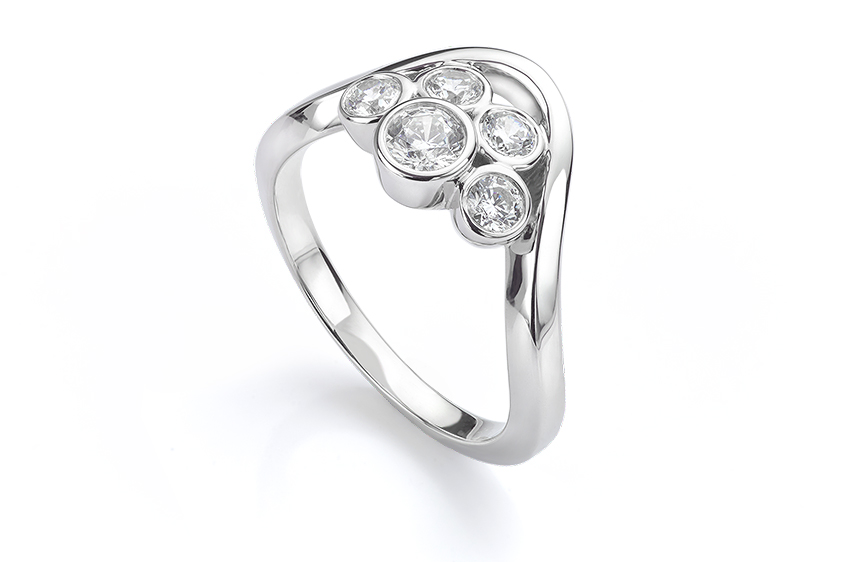
The above diamond bubble engagement ring is created using SI1 clarity diamonds —our standard for eye-clean diamond brilliance.
A few important notes on buying a diamond
There are some important notes to consider when choosing the best diamond clarity for an engagement ring. Although the SI1 clarity level is suitable for many rings, please keep in mind the following.
Why choose GIA certification when it comes to choosing clarity?
Most good quality diamonds above 0.30 carats include a report. Despite a certificate, some labs will grade diamonds better than they are. For this reason, we advise GIA reports (Gemological Institute of America). Their strict grading is well respected. GIA certified SI1 clarity diamonds appear clean to the naked eye. In contrast, some laboratories grade worse diamonds better. See below for an example.
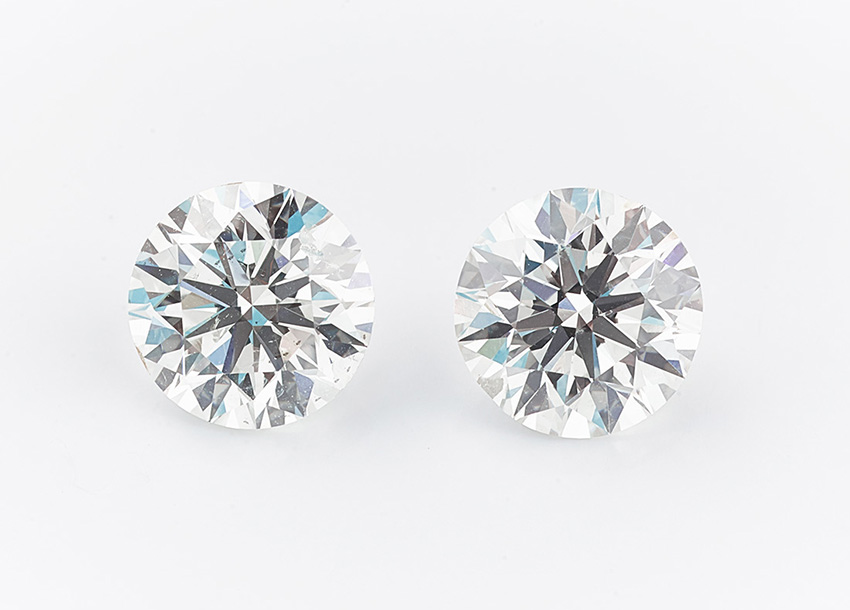
Showing identical clarity grades but graded by IGI (left) and GIA (right)
SI1 Clarity and Emerald Cut Diamonds
Step cut diamonds (Emerald cut, Baguette cut, Carré cut) show inclusions and blemishes more easily. For Emerald cuts, we advise buying VS1 clarity. This is important when choosing the best diamond clarity for your engagement ring.
Choosing the best clarity for big diamonds
Diamond inclusions within 1.5 carats and above can be more visible due to the diamond size. A larger diamond will naturally have a larger table facet. Small marks below the table may be more visible to the naked eye. Once you see the diamond inclusions, it can become easier to spot.
Choosing clarity when buying small diamonds
Small marks are less visible in small diamonds. For this reason, a diamond cluster ring will appear bright, and clear even when it has average clarity diamonds. Despite this, a less brilliance results from the inclusions in each diamond. For this reason, consider the size of diamonds when choosing the best diamond clarity for your ring.
How do I know where the inclusions are within the diamond?
Here at Serendipity Diamonds, the offer of detailed photography and microscopy of the Diamond can be supplied upon request if needed to show you any inclusions within your Diamond. This option works particularly well if visiting our showroom is not an option.
How does Diamond Clarity appear on a Certificate?
When buying a diamond it is always a good idea to request to view the diamond certificate. The most respected diamond grading lab as mentioned above is GIA – Gemological Institute of America.
All of the diamond characteristics appear noted onto a diamond certificate. These range from the carat weight of the stone down to the diamond tables measurement.
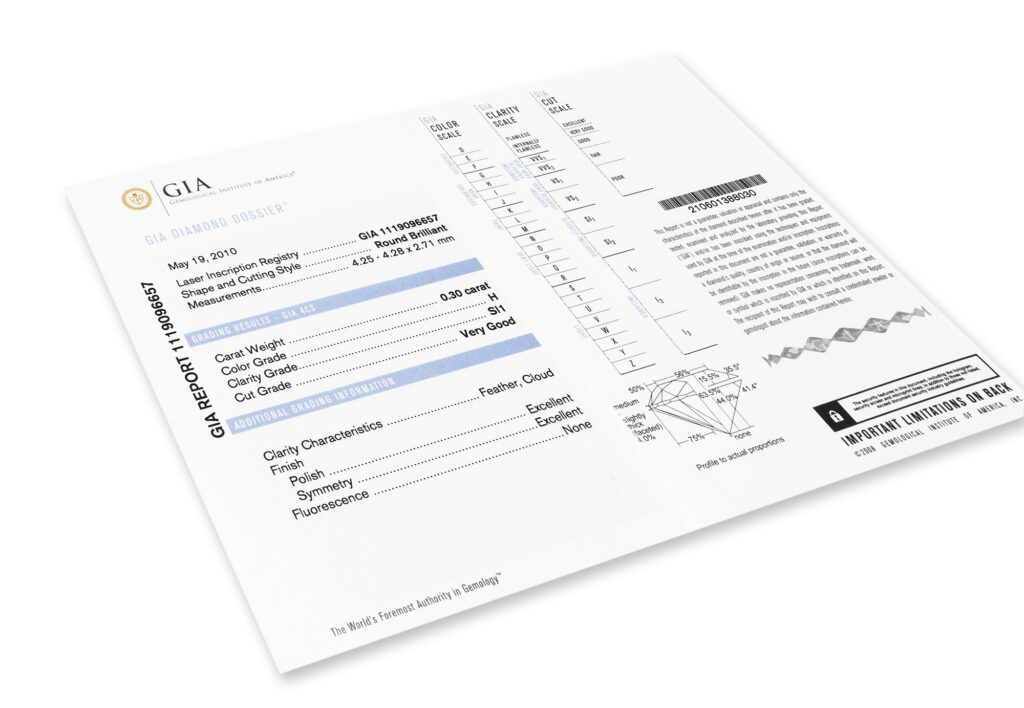
On occasion for larger diamonds, typically 1.00ct and over the certificate will feature a clarity diagram. With markings showing where the diamonds’ inclusions are located.
For diamonds graded at i1 – i2 these will appear particularly included. With inclusions and blemishes visible to the eye.
These characteristics will more than likely include heavy black marks. For this reason, Serendipity don’t offer diamonds with a clarity grade under Si2. Unless under special request.
Viewing the diamond under a loupe
Although viewing a diamond on paper can help with finding the perfect stone. Some clients prefer to view the proposed diamond in the flesh prior to making a decision.
Here at Serendipity Diamonds, we arrange appointments to visit our Ryde Showroom. By having a range of diamonds to be available upon arrival they can be viewed under a 10 x jewellers loupe or under our microscope.
Our knowledgable team can then point out the diamond inclusions.
No two diamonds have the exact same clarity characteristics. Which makes the diamond you select a truly unique diamond.
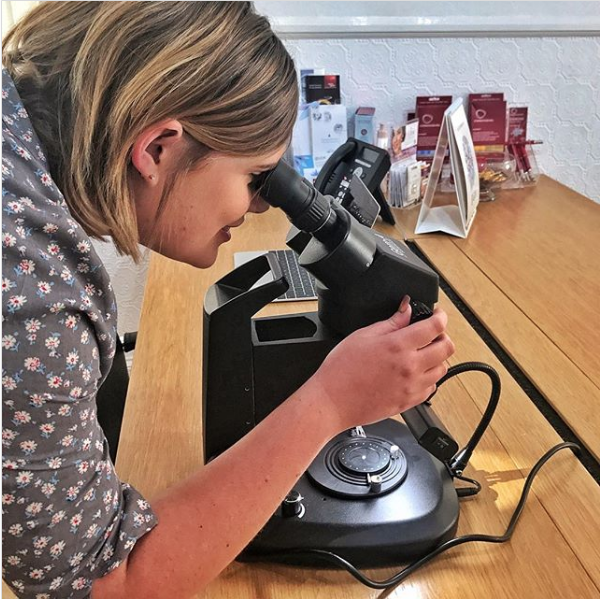
The post What’s the Best Diamond Clarity for an Engagement Ring? appeared first on Serendipity Diamonds Blog.
